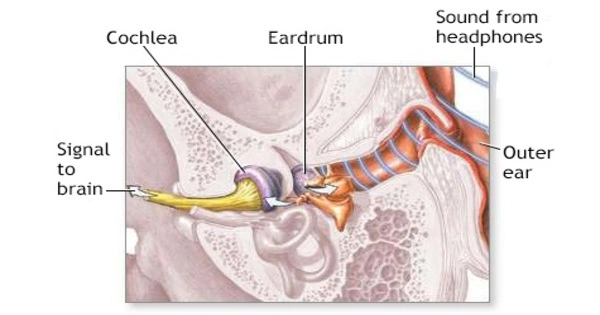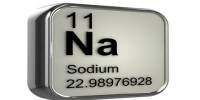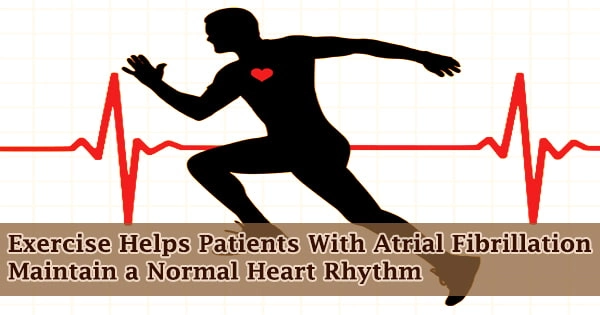Acoustic trauma is the sustained harm to the eardrum as a result of very loud noise. It is also known as acoustic injury or noise-induced hearing loss (NIHL), and it is a type of damage to the inner ear or auditory system produced by excessive noise levels. Its scope typically covers loud noises within a brief time, such as an explosion, gunfire, or a burst of loud shouting.
Quieter noises with a restricted frequency range may potentially cause damage to specific frequency receptors. The severity of the condition can range from pain to hearing loss. Prolonged or abrupt exposure to loud sounds can harm the fragile hair cells of the cochlea, which transform sound vibrations into electrical signals that the brain interprets as sound.
Hyperbaric oxygen treatment combined with corticosteroids can be used to treat acute auditory trauma. Acute noise exposure produces inflammation as well as a decrease in oxygen flow to the inner ear. Corticosteroids suppress the inflammatory response, whereas HBO ensures an adequate oxygen supply. When started within three days of sonic damage, this therapy has been demonstrated to be helpful. As a result, this situation is classified as an ENT emergency.
Signs and Symptoms
Hazardous noise harms the hearing processes in the inner ear. Acoustic trauma can cause sensorineural HL (SNHL), which can be temporary (temporary threshold shift, TTS) or permanent (permanent threshold shift, PTS). While the time window for hearing recovery is distinct in each individual, any SNHL that remains more than eight weeks after the damage is most likely permanent and should be considered PTS.
- Hearing loss
- Tinnitus (ringing in the ear)
- Aural fullness (ear fullness)
- Recruitment (ear pain with loud noise)
- Difficulty localizing sounds
- Difficult in hearing a noisy background
- Vertigo
Causes
Acoustic trauma is usually induced by exposure to loud noises, such as explosions, gunfire, industrial machinery, power tools, loud music, or any other source that produces sounds that are over safe limits. It is a damage to the inner ear that is frequently induced by exposure to loud noise. This injury can occur as a result of a single, extremely loud noise or through prolonged exposure to noises at large decibel levels. Many cases have included a period of impaired hearing following loud sound exposure.
After a concert or a visit to a discotheque, for example, or after working with noisy equipment. This type of hearing loss is usually just transient. Acoustic trauma frequently stops after some recovery time. Depending on the degree and duration of exposure, the damage can be transitory or permanent.
Symptoms
Hearing loss (typically high-frequency sounds are impacted first), tinnitus (ringing or buzzing in the ears), and dizziness or a sense of fullness in the ears are all indications of acoustic trauma.
Prevention
Preventing auditory stress entails taking precautions to limit exposure to loud noises. This can involve using earplugs or earmuffs in noisy areas, limiting the amount of time spent in noisy places, and maintaining the volume at a safe level while using headphones or earphones.
Treatment
Permanent hearing loss caused by acoustic trauma has no treatment. Certain therapies or interventions, however, may help lessen the impact and manage the symptoms if detected early. Hearing aids or assistive listening devices, for example, can help improve communication, and counselling or support groups can help people cope with the emotional burden of hearing loss.
















